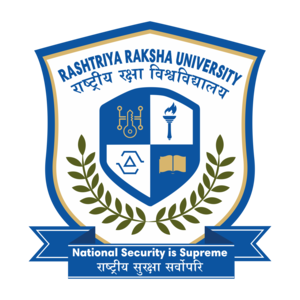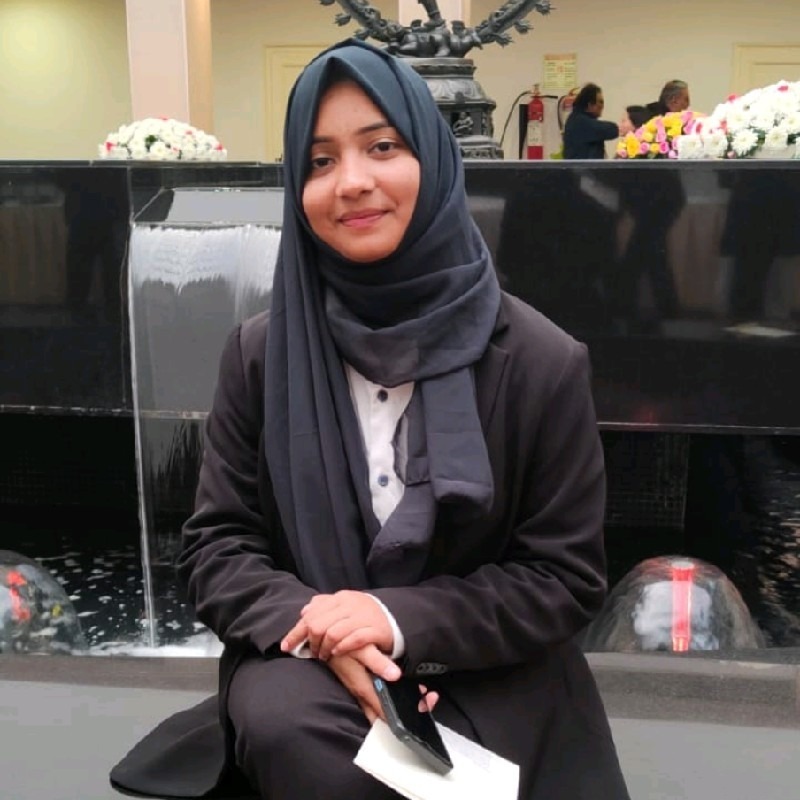
A Bittersweet Symphony: Public Policy and Women Empowerment
A BITTERSWEET SYMPHONY: PUBLIC POLICY AND WOMEN EMPOWERMENT
- Ashwin Vardarajan
INTRODUCTION
“Men, their rights, and nothing more; women, their rights, and nothing less.”
- Susan B. Anthony
History has been unkind to women.Yet, they have succeeded in excelling ahead of everybody else in almost all spheres of life. Education to all, guarantees of equalities through laws, enabling policies of the government to further their (women’s) interests, removal of social mores which are discriminatory towards women, and various other manoeuvres contribute to the social and institutional upliftment of women, apart from their own deportations of determination, efforts and courage. All of these form as constituting elements to the larger idea of women empowerment.
This article wishes to address this idea vis-à-vis Public Policies (“PPs”), specifically focusing on the scheme of things prevalent in India. The author shall delve into two aspects of this topic: firstly, how PPs aim at benefitting and empowering women, subsequently critiquing them thereof; and secondly, commenting on women’s institutional representation for administering PPs across India.
THE ROLE OF PUBLIC POLICY IN WOMAN EMPOWERMENT
‘PPs’ may be defined as policies advanced by governments which affect the persons present in a country. Often, PPs are formulated for benefitting a community or a group of persons who are at a disadvantage, socially or institutionally; for example, reservation policies for SC/STs as a means of achieving adequate representation of their community in civil services since they have been considered to be socially backward for centuries. Additionally, this disadvantage may be natural or apparent/artificial. As far are the position of women in our society is concerned, it is on the basis of a long-lasting artificial structure which has been employed after generations-long oppression that they have collectively faced.
Measure concerning empowerment of women are a means of states’ governments performing their positive obligations. Article 15(3) of the Constitution of India(“Constitution”)enables the state for making special provisions for the benefit of women and children. Similarly, UN Women is an ‘entity’ of the United Nations (“UN”)which is dedicated to ensuring gender equality and women empowerment globally. The Supreme Court(“SC”) has, in judgments like that of Vishakha, has found a pertinent link between domestic laws and measures for protection and empowerment of women under international covenants and treaties; thus giving them their due domestic validation. India is also a signatory to the Convention on the Elimination of all Forms of Discrimination Against Women(“CEDAW”)(ratified by the UN General Assembly in 1981), Article 2 of which mandates all signatories to “condemn discrimination against women in all its forms”.
In India, governments have come out with several provisions in relation to the empowerment of women in the fields of politics. For example,the 73rd and 74th amendments to the Constitution provided for reservation of seats in local bodies of Panchayats and Municipalities for women, thereby laying a strong foundation for their political participation at local bodies throughout India. Further, personal and religious laws have been amended from time to time in order to provide women with equal rights in marriage, succession, guardianship etc. Laws in relation to crimes against women (like Rape, Molestation etc.) have also been made much more stringent – with expansive room of cognizance clubbed withheavy punishments.
As per the portal of the Ministry of Woman and Child Development, there are over 13 governmental schemes currently in-effect,administered with the object of empowering women. They range from schemes providing financial, technological, mechanical, skill based – and other amongst a catena of purposes – support to women in all fields of the economy, in society and political affairs at the grassroot level.However, certain schemes are not adequately and substantially followed-up. For example, the Pradhan Mantri Jan Dhan Yojana aims at providing services to women for opening their own bank account and use them accordingly on a day-to-day basis. Although statistics show that several bank accounts were made by women in their names as a part of the scheme, whether or not they are in-fact using them on a regular basis is something which has not been commented upon. This helps us distinguishing between empowerment of women inform and in substance. If a scheme or a measure contributed to merely giving the idea of empowerment a structure, it accords to empowerment of women in form. On the other hand, if the scheme or measures were actually implemented with due follow-up and performance evaluation, the measures contribute to empowerment in substance. In cases of the government schemes which have been implemented for empowering women, without due follow-up they prevail in form and not in substance. Thus, the government ought to holistically follow-up on the developments squealing from their empowerment a












